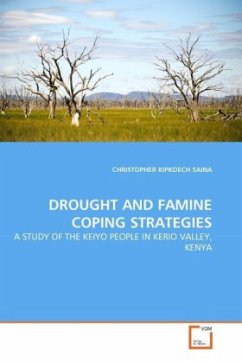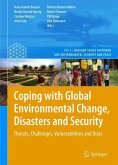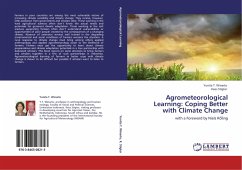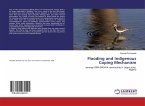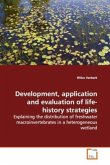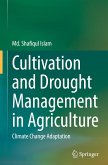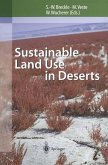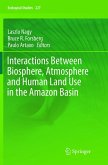This book analyses the impact of drought and famine in Kerio Valley, Kenya, among the Keiyo community. In particular, it assesses the impact of drought and famine on people and their environment. The book explains how the Keiyo community strategically copes with drought and famine using their indigenous traditional knowledge. The main question this study addresses is: How relevant are indigenous traditional strategies in averting food insecurity in Kerio Valley and other parts of Kenya? Consequently, the author observes that indigenous traditional drought and famine coping strategies are still very relevant today in mitigating food insecurity. This book is a must-read for all scholars in Environmental Studies particularly those dealing with sustainable food security.
Bitte wählen Sie Ihr Anliegen aus.
Rechnungen
Retourenschein anfordern
Bestellstatus
Storno

